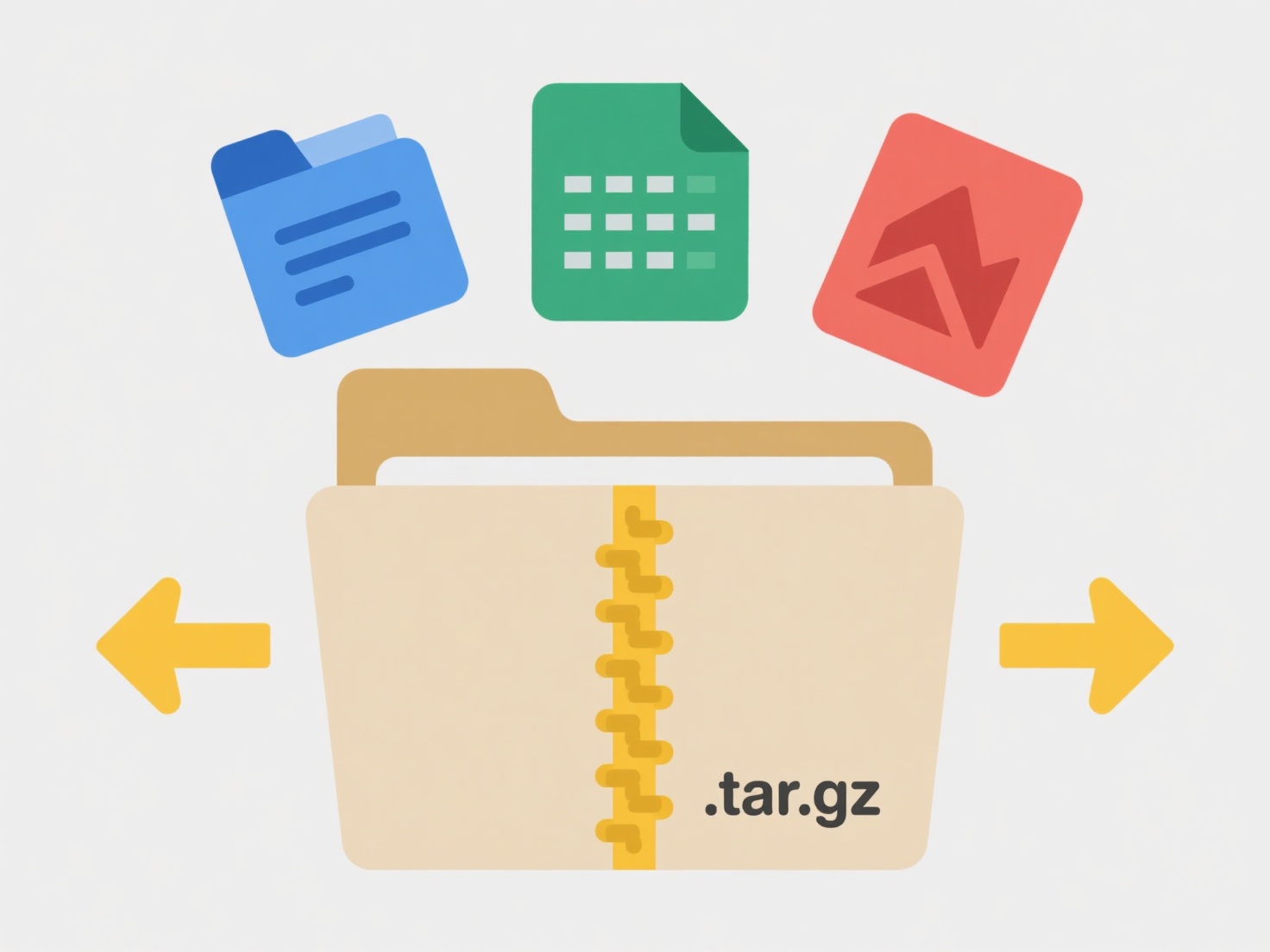
A clean naming convention for scanned documents or contracts means using a consistent, descriptive structure incorporating key elements like document type, date, parties involved, and project/reference number. It replaces vague or random filenames (e.g., "scan1.pdf") with predictable formats that instantly convey the file's content. Consistency is key, ensuring files sort logically and are easily searchable without opening each one.
For example, an expense report might be named "ExpenseReport_20241015_JDoe_TripToConference.pdf", while a vendor contract could be "Contract_Agreement_AcmeCorp_ProjectAlpha_20240901_signed.pdf". This approach is vital in industries like legal, finance, accounting, real estate, and healthcare, where documents need quick retrieval. Tools like built-in scanner software, document management systems (DMS), and cloud storage platforms benefit greatly from consistent naming.

This system dramatically improves organization and retrieval speed, reducing wasted time. It requires initial discipline to establish the convention and train users, posing a minor adoption hurdle. Ethical considerations include handling sensitive personal data carefully within filenames. Future adoption may involve automation tools extracting data for filenames during scanning. Despite minor setup effort, structured naming remains essential for efficient digital document management.
What’s a clean way to name scanned documents or contracts?
A clean naming convention for scanned documents or contracts means using a consistent, descriptive structure incorporating key elements like document type, date, parties involved, and project/reference number. It replaces vague or random filenames (e.g., "scan1.pdf") with predictable formats that instantly convey the file's content. Consistency is key, ensuring files sort logically and are easily searchable without opening each one.
For example, an expense report might be named "ExpenseReport_20241015_JDoe_TripToConference.pdf", while a vendor contract could be "Contract_Agreement_AcmeCorp_ProjectAlpha_20240901_signed.pdf". This approach is vital in industries like legal, finance, accounting, real estate, and healthcare, where documents need quick retrieval. Tools like built-in scanner software, document management systems (DMS), and cloud storage platforms benefit greatly from consistent naming.

This system dramatically improves organization and retrieval speed, reducing wasted time. It requires initial discipline to establish the convention and train users, posing a minor adoption hurdle. Ethical considerations include handling sensitive personal data carefully within filenames. Future adoption may involve automation tools extracting data for filenames during scanning. Despite minor setup effort, structured naming remains essential for efficient digital document management.
Quick Article Links
How do I handle version conflicts between cloud and local files?
Version conflicts arise when local files and their cloud copies diverge due to simultaneous edits in different locations...
What’s the most secure document format?
The concept of "most secure document format" depends heavily on how security is defined, typically focusing on preventin...
What is a secure way to send sensitive files?
Secure file transfer involves transmitting sensitive data while protecting it from unauthorized access or interception. ...